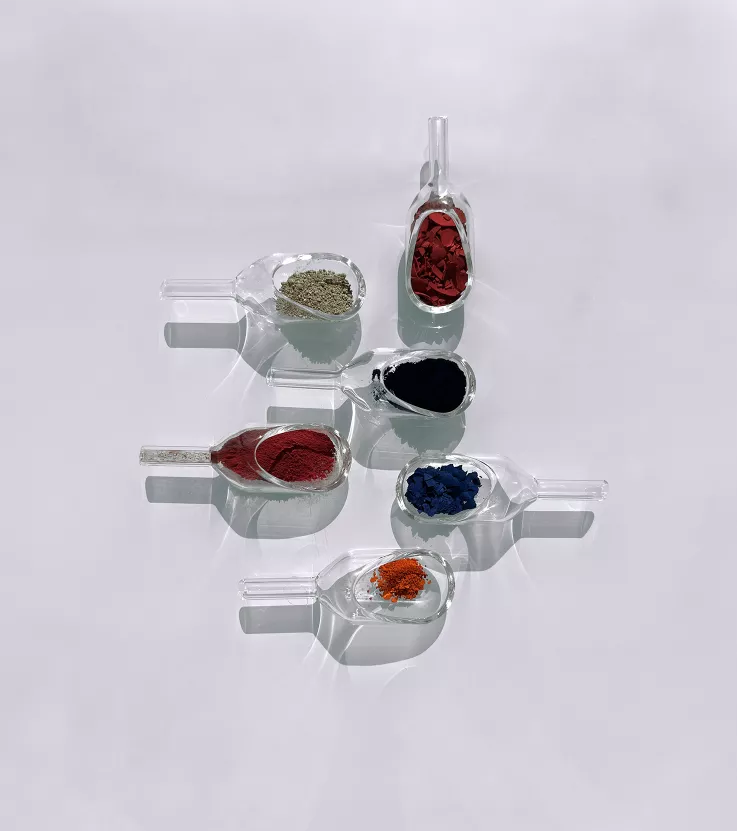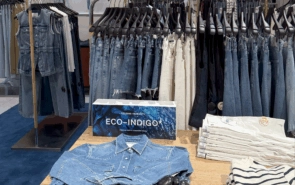
pilicarbon
conscious
color
company

[Scroll down to discover]
In the spotlight

Our mission
Decarbonizing the color industry
Today, 99% of colors are produced using fossil fuels. This industry emits 200 million tons of CO₂ every year. By offering an alternative to abundant polluting fossil colors and rare costly plant-based colors, Pili provides a decarbonized solution for greater circularity and sustainability.
Pili uses hybrid processes combining industrial fermentation and organic chemistry to manufacture sustainable, high-performance color ranges for the textile industry, inks, polymers, paints and coatings.
Discover more about our missions
Our process
The production of sustainable colors

Serjik Ahkhundov


Marie-Sarah Adenis

From biomass to colors

The biomass we use comes from agricultural resources. This renewable raw material is increasingly valorized to manufacture molecules or materials in order to produce efficiently without drawing on fossil resources.
Decarbonized, high-performance colors

Pili is committed to helping major brands wishing to contribute to the transformation and decarbonization of the main global industries. To meet the challenges of climate change and regulatory evolutions, we use renewable resources to produce sustainable, high-performance biobased colors.
Denim as a starting point

Of all the applications that use color, the textile industry is one of the most polluting. Denim, which owes its hue to indigo, is a must in the fashion industry, with over 3 billion pairs of jeans sold every year. That's why Pili chose to produce this colorant first.
The indigo revival

The rise of petrochemical dyes began with indigo 150 years ago. Today, this iconic blue is at the forefront of a new ecological revolution led by Pili, aiming to reduce the environmental impact of this highly polluting industry.
Our colors
At Pili, we produce colors that are...
Biobased
Our biobased colors and compounds are manufactured from biomass.
High-performance
Our products meet the most demanding standards in terms of tint depth and resistance.
Decarbonized
Our processes cut CO₂ emissions compared with the production of petro-based colors.


